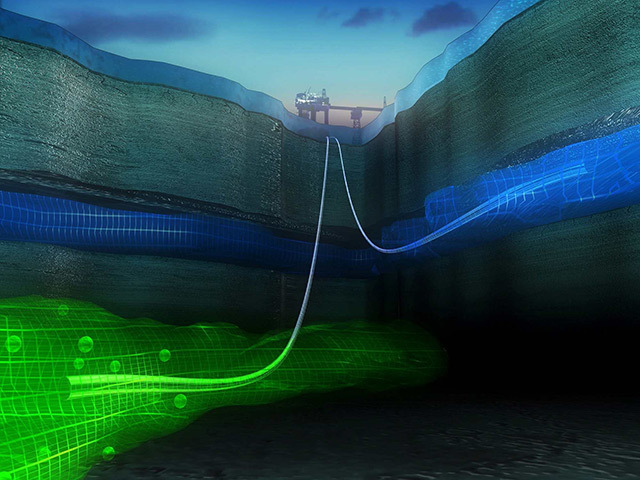
Carbon capture and storage remains firmly on the agenda as a way of mitigating at least some of the impacts of climate change.
But time in which to implement large-scale permanent solutions to the storage of waste carbon dioxide is fast running out.
One of the reasons why CCS remains popular is that most of the key building bricks to its enablement exist and are well proven. There is the comfort of living carbon capture exemplars, in particular the Equinor-operated Sleipner gasfield in the Norwegian sector of the North Sea, where the high CO2 content of the reservoir is stripped on site and injected below ground while the cleaned natural gas is exported ashore.
And yet, for nigh on 20 years, the UK has blown hot and cold on CCS – largely on cost grounds. Although more imaginative alternatives have come forward over the last few years, dumping below ground appears to be the only large-scale, implementable option at this time.
Let’s assume CCS prevails. Having stuffed millions and, over time, perhaps billions of tonnes of CO2 out of sight, out of mind, how does one keep an eye on it? According to British Geological Survey (BGS), CO2 storage regulations will require that operations are rigorously monitored for a number of reasons, including:
• Verifying the amount and composition of CO2 being put into underground storage;
• Understanding how the CO2 is behaving once underground;
• Providing early warning if things are not going as planned;
• Providing assurance of long–term storage integrity;
• Measuring any leakage that might occur.
Pre–injection monitoring of a CO2 storage site project will start before actual CO2 storage begins.
A strategy for baseline surveying will be built into the overall assessment of storage site suitability. When injection has started, monitoring surveys will be used to build up time-lapse images.
Measurements can then be compared to the baseline survey to build up a picture of how things are changing through time.
The storage site will need to be monitored throughout the injection phase and for some time after injection has ceased (post-injection monitoring) to ensure that the system is behaving as predicted and is likely to continue to do so in the future.
And one of the crucial tools readily available for this task and well proven is seismic, as demonstrated at Sleipner.
Started in 1996, the Sleipner project was the world’s first demonstration of large-scale CCS. It is of great interest to the international community because if the concept can be applied to power stations it holds the promise of making deep cuts in global CO2 emissions, without having to abandon fossil fuels.
BGS undertakes research into the evaluation, testing and development of the various tools available and under development. It pays close attention to living examples of conformance monitoring including so-called “history-matching” the time-lapse seismic images of the CO2 plume evolution at Sleipner and injection-well pressure monitoring at the Snohvit storage project in the Barents Sea.
Hi-resolution time-lapse in the US Gulf of Mexico is also attracting attention and being repeated at the marine storage demonstrator project in Tomakomai, Japan.
BGS says the short seismic streamers of this array lower the cost, and the targeted detection zone is optimised for imaging above the injection zone.
Staying focused on deep storage, according to a paper delivered at this year’s Offshore Technology Conference in Houston, one of the drivers of CO2 dump costs is the frequency and duration of monitoring.
“In some cases, especially attractive offshore, data collection can be automated and transmitted for analysis remotely,” it says.
Back to the North Sea and the STEMM-CCS project which also has an important seismic dimension.
STEMM-CCS is a 15.9 million euros, multi-disciplinary project intended to deliver new approaches, methodologies and tools for the safe operation of offshore CCS sites.
The project is centred on the depleted Goldeneye field.
A three-week trial to simulate a sub-seafloor CO2 escape under real-life conditions has just been conducted and the task of analysing the results has begun.
After several false starts, it seems the UK’s CCS journey is really only beginning.
Recommended for you
